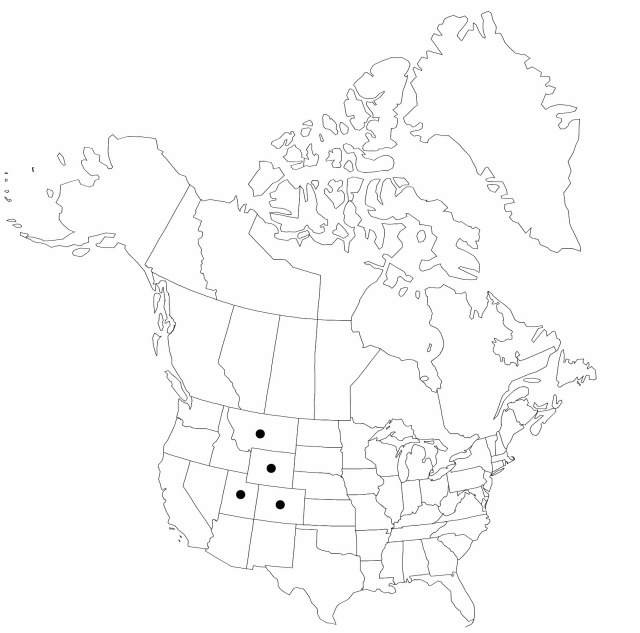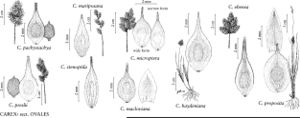Difference between revisions of "Carex stenoptila"
Leafl. W. Bot. 4: 194. 1945.
FNA>Volume Importer |
imported>Volume Importer |
||
| (One intermediate revision by the same user not shown) | |||
| Line 6: | Line 6: | ||
|place=4: 194. 1945 | |place=4: 194. 1945 | ||
|year=1945 | |year=1945 | ||
| + | }} | ||
| + | |special_status={{Treatment/ID/Special_status | ||
| + | |code=F | ||
| + | |label=Illustrated | ||
| + | }}{{Treatment/ID/Special_status | ||
| + | |code=E | ||
| + | |label=Endemic | ||
}} | }} | ||
|basionyms= | |basionyms= | ||
| Line 44: | Line 51: | ||
|publication title=Leafl. W. Bot. | |publication title=Leafl. W. Bot. | ||
|publication year=1945 | |publication year=1945 | ||
| − | |special status= | + | |special status=Illustrated;Endemic |
| − | |source xml=https:// | + | |source xml=https://bitbucket.org/aafc-mbb/fna-data-curation/src/2e0870ddd59836b60bcf96646a41e87ea5a5943a/coarse_grained_fna_xml/V23/V23_607.xml |
|genus=Carex | |genus=Carex | ||
|section=Carex sect. Ovales | |section=Carex sect. Ovales | ||
Latest revision as of 21:41, 5 November 2020
Plants densely cespitose. Culms with angles smooth proximally, 17–70 cm. Leaves: sheaths adaxially white-hyaline, often tinged brown distally, summit usually U-shaped, sometimes prolonged to 1.5 mm beyond collar; distal ligules 0.5–1.5(–3) mm; blades (2–)3–4 per fertile culm, 8–20 cm × 2.2–3.8 mm. Inflorescences dense, dark or chestnut brown or brown and green (gold), 1.2–2(–2.5) cm × 8–15 mm; proximal internode 1–3(–4) mm; 2d internode 0.5–3 mm; proximal bracts usually bristlelike, shorter than inflorescences. Spikes 5–9(–12), densely aggregated, individually indistinct, ovoid or broadly ovoid, 7.5–11 × 3.5–6.5 mm, base rounded to attenuate, apex truncate to tapered. Pistillate scales gold to brown, with pale to gold midstripe, lanceolate to ovate, 3.1–3.8 mm, shorter than and narrower than or as wide as perigynia, margin usually not white, apex obtuse to long-acute. Perigynia appressed-ascending to ascending, green to straw colored, conspicuously 6–8-veined abaxially, conspicuously 3–4(–6)-veined adaxially, at least 3 veins longer than achene, narrowly lanceolate to lanceolate, biconvex, 4–5.1 × 1–1.3(–1.5) mm, (0.4–)0.5–0.55 mm thick, margin flat, including wing 0.1–0.25 mm wide, ciliate-serrulate at least on distal body, pithlike tissue usually present in proximal perigynium walls; beak usually dark brown at tip, cylindric, unwinged, ± entire for 0.5–0.9 mm, abaxial suture inconspicuous or with white margin, distance from beak tip to achene 2.2–3.1 mm. Achenes narrowly elliptic to oblong, (1.1–)1.4–1.8 × 0.6–0.9 mm, 0.3–0.5 mm thick.
Phenology: Fruiting late summer.
Habitat: Open rocky places, coniferous woods
Elevation: 2400–2900 m
Distribution

Colo., Mont., Utah, Wyo.
Discussion
Selected References
None.
